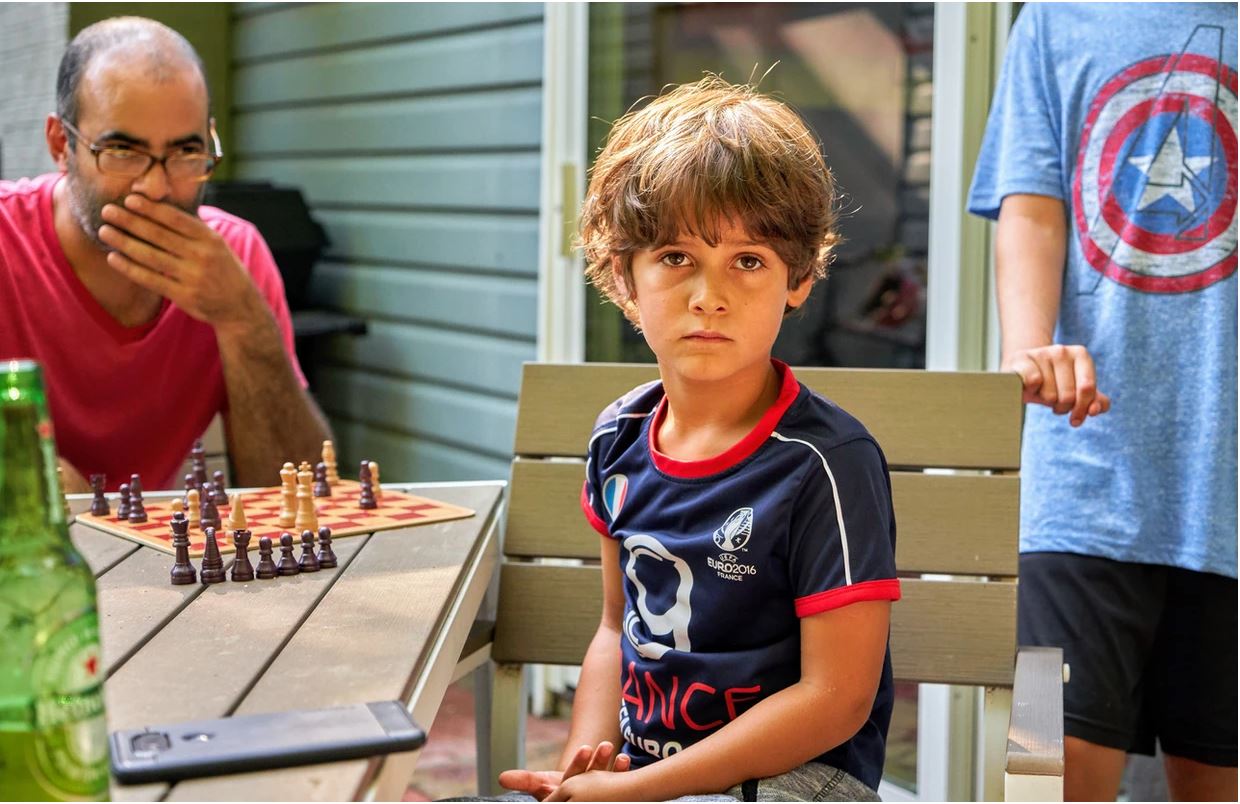Those are great points! Google forms added.
Curious_Cruiser
The alignment problem (or are you asking what concerns us the most within that scope?)
Yes, what issue concerns you most within the scope of AI alignment? (Edited original q for clarity, thanks)
That’s assuming most people here want this—I don’t think that’s the case
Why do you think most people here would not want greater public awareness around the topic of AI safety? (Removed the assumption from the original q)
That is, that humans eventually create AGI, right?
Indeed! (Edited original q to specify this)
There are many factors but an understanding of composition and what camera settings affect lighting and thus the image:
- Aperture: how wide the lens shutter opens to let light in.
Wider = more light, higher exposure and more apparent distance between your subject and background, where your bg may even become blurry. Narrower = less light, lower exposure and less apparent distance between your subject and the background.
- Shutter speed: how fast the lens shutter opens and closes.
Faster = less light but can more successfully capture movement crisply. Slower = more light but can lead to more blurry photos depending on speed of subject.E.g if you’re shooting a sports game during the day you can increase the shutter speed to avoid blurred images, knowing that you have sufficient light. If you’re shooting at night, you’ll want to reduce shutter speed to increase exposure, and opt to shoot slower subjects for a crisper image.
-ISO: artificial exposure produced by your camera.
This should be at the lowest setting and bumped only if you need more light to reach proper exposure. High ISO leads to noisier imagesBetter camera equipment allows you to more easily manipulate these settings (amongst others ) and produce higher resolution images.
Relativity—M.C. Escher − 1953
A photo I took


Zembrin